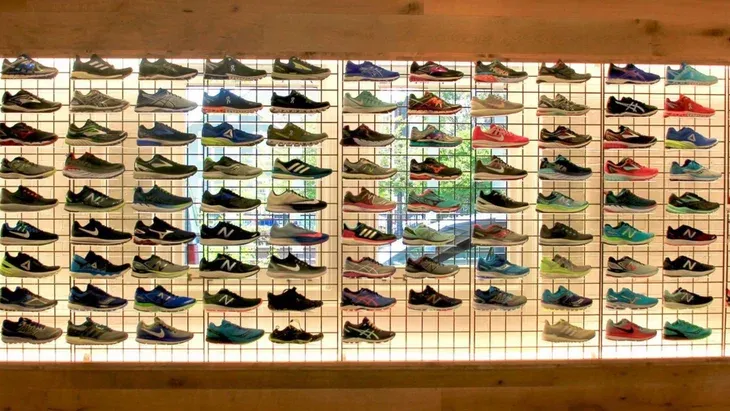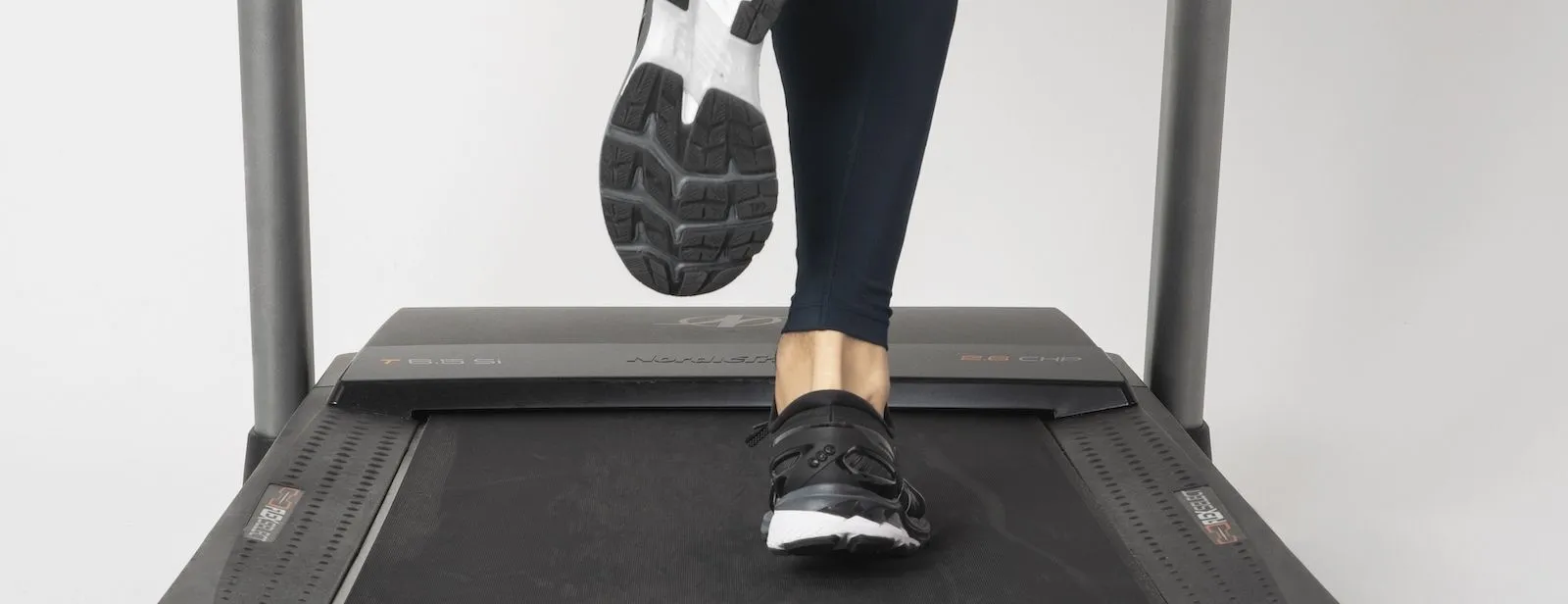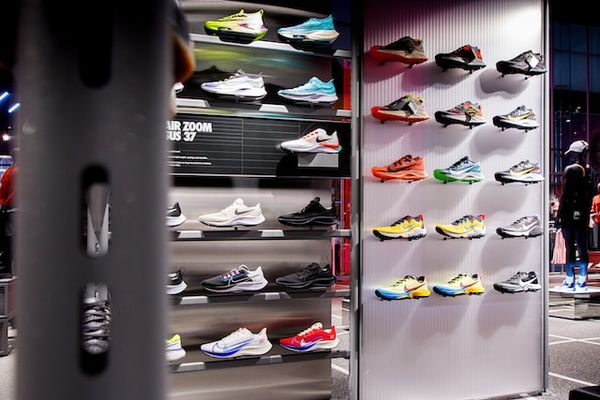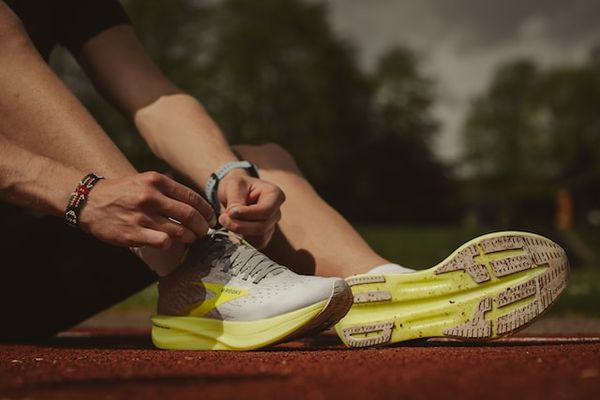Running is a fantastic form of exercise, ideal for both mind and body, and is enjoyed by millions worldwide. But to maximize the benefits and minimize injury risk, it’s crucial to have the right equipment. The single most important piece of equipment is undoubtedly your running shoes. Choosing the perfect pair can be a daunting task, given the vast array of options available. This article will guide you through the three most crucial aspects to consider when purchasing running shoes: shoe type, fit, and personal running style.
1. Type of Running Shoes
Not all running shoes are made equal. There are various types designed to meet different needs. They largely fall into three categories: road-running shoes, trail-running shoes, and cross-training shoes.
Road-running shoes are designed for pavement and occasional forays onto packed surfaces with slight irregularities. They are light and flexible and are made to cushion or stabilize feet during repetitive strides on hard, even surfaces.
Trail-running shoes are designed for off-road routes with rocks, mud, roots, or other obstacles. They are enhanced with aggressive tread for solid traction and fortified to offer stability, support, and underfoot protection.
Cross-training shoes are designed for gym or CrossFit workouts where more contact with the ground is needed and a thicker platform sole is favorable.
Understanding the type of running shoe you need is the first step towards a suitable choice. The decision should be based on where you plan to run and the type of running you intend to do.

2. Fit is Key
The perfect fit is crucial when choosing running shoes. A poorly fitting shoe can cause discomfort, blisters, and even injury over time. Here are some aspects to consider for a good fit:
- Length: Your shoe should be approximately a thumb’s width longer than your longest toe. This extra space is necessary as your foot expands during a run.
- Width: The shoe should fit snugly around your foot, but not squeeze it. Your foot should have room to move without sliding around.
- Heel: Your heel should fit snug, but not tight. Some heel movement is okay, but it shouldn’t slip out when you run.
- Flex: The shoe should flex where your foot flexes. If the shoe flexes in front or behind the ball of the foot, this can lead to arch pain or plantar fasciitis.
Spend ample time trying on different shoes to find the right fit. Make sure to wear the type of socks you’ll be running in and try shoes on later in the day when feet are at their largest.

3. Evaluating Your Running Style
Your running style, or gait, also plays a significant role in the kind of running shoes you should buy. There are three types of foot pronation, which is how your foot rolls from heel to toe after landing.
- Neutral pronation absorbs shock effectively. If you’re a neutral pronator, you can wear just about any shoe, but neutral running shoes or shoes with moderate stability are the best fit.
- Overpronation is when the foot rolls inward excessively. Overpronators should look for shoes with maximum support or structured cushioning.
- Underpronation (or supination) is when the foot doesn’t roll inward enough. Underpronators should seek neutral-cushioned shoes because they need a softer midsole to encourage pronation.
Many specialty running stores offer gait analysis to identify your pronation type and help choose the right shoe.

Conclusion
Running shoes are more than just footwear. They’re your primary tool for enhancing performance and preventing injuries. While the three factors highlighted above are significant, remember that the most important thing is comfort. Always prioritize a shoe that feels right for you. As the adage goes, ‘the best running shoe is the one that lets you run at your best.’


